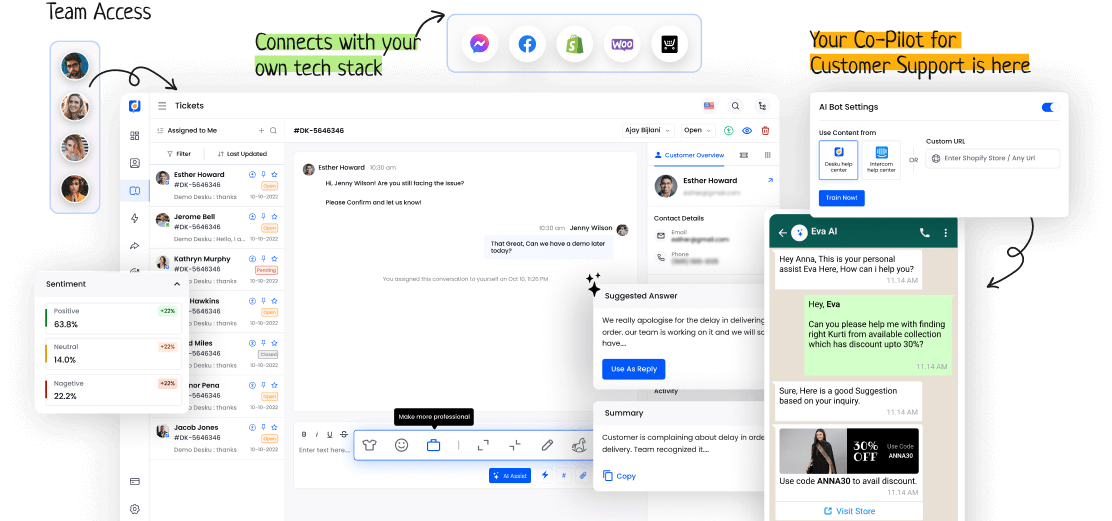Self-Service is a term we hear often today. It shows a move towards people doing things for themselves. It makes things faster. As people use more self-service, questions come up. Why do businesses use it? How does it change the way customers interact?
When we look deeper into self-service, we find both good and bad points. These points change the way customers feel. Let's look at the small details of self-service. It plays a big part in the way services are given today.
I. Defining Self-Service
Self-Service is a customer-focused method. It lets people handle services or tasks on their own. They don't need help from a company worker. Often, this idea uses automation to make processes simpler.
It also enhances user experience. By letting customers take care of their needs, companies can boost efficiency and ease. This leads to greater satisfaction and loyalty.
II. Different Types of Self-Service
Different industries use self-service solutions. These cater to customer needs and preferences. The solutions use automated processes.
Customers can use services or finish tasks without help. Self-service gives customers a sense of power. They have more control over their business interactions. This power can lead to better satisfaction and service efficiency.
III. Benefits and Limitations of Self-Service
Customers using self-service find both good and bad points. The good points include ease of use, quickness, and being able to fix problems on their own.
But, there are also bad points like technical troubles, no personal touch, and it can be annoying.
It's important for businesses to know these points. This can help them make their self-service better and make customers happier.









